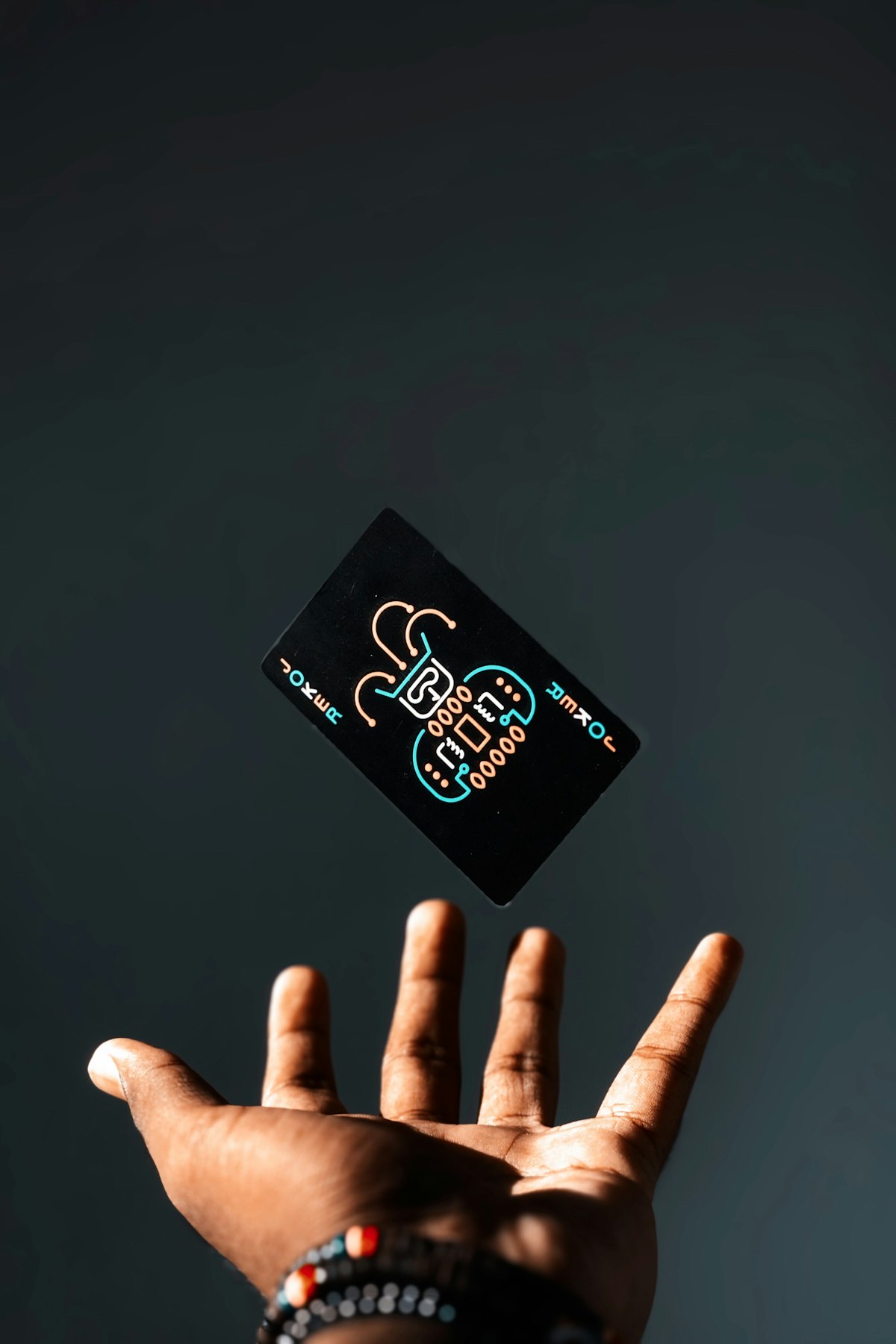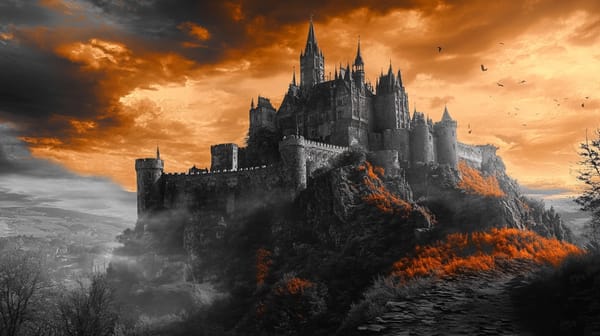NFT Artists can tie their art to real-world events on Reality Cards

Reality Cards — a hybrid between a predictions market and an NFT marketplace currently in beta on the EVM-compatible Polygon—is exploring the crypto Twitter metaverse, looking to hire talented digital artists, a recent post reveals.
"Reality Cards are finally bringing prediction markets into the NFT space" - Alexandra McCarroll, Cofounder, Opscientia.
NFTs Changing the Digital Art Landscape
The project's development team wants to create more NFTs and add them to their ecosystem. The rise of crypto and NFTs is a welcomed addition to the art world. Unlike in traditional arrangements where work could easily be counterfeited or availed through a third party like Christie's, the blockchain acts as an equalizer, eliminating intermediaries.
The introduction of NFTs operating from decentralized blockchains introduces an element of scarcity driving value to the artwork. At the same time, they empower collectors with the assurance of authenticity, complete with provenance. With this confidence, collectors are now paying a premium for some of the world's most coveted digital pieces.
Reality Cards is Infusing NFTs in the Predictions Market
Reality Cards is building on the burgeoning NFTs by simultaneously launching a predictions market and onboarding artists. These artists will create pieces related to sports, politics, crypto, and music events.
In their assessment, the blend of NFTs and market predictions is timely, and could open up more possibilities. The team explained that by leveraging NFTs and smart contracts, it would be possible for end-users to "own" the outcome of events. It is a diversion away from the direction of adoption by predictions market operators who allow users to "just" bet on events.
While prediction markets are useful prognostic tools, the lack of ownership of outcomes makes the sector insipid. Reality Cards plans to revamp this model by representing the outcomes of events as cards traceable in the Ethereum blockchain. Although still in the beta phase, the eventual rollout will make the project the first to fuse prediction markets and NFTs to become an “outcome ownership” market, a new category for exploration.
Building Scarcity in the Predictions Market
The card is unique and associated with the outcome of an event traceable on the blockchain. Every day the cardholder pays rent. Since the outcome is also a bet, the card has a value attached. This price, in turn, reflects the daily rental value of the card denominated in USDC —a stable coin. Reality Cards introduced the concept of rent to spark activity.
Accordingly, a cardholder can decide to pay daily rent until another interested party is willing to pay a higher rent of at least 10 percent more. However, even when the cards change hands, the owner of the original bet owner is bound to the outcome of the bet initially placed. Also, the excess rent isn't distributed to the previous owner. Instead, this extra rent is added up to make the pot for the wager.
Once the outcome of the event is made public, the balance of the wager is shared depending on the holding period among the winning party. This is because the eventual outcome price reflects the number of owners, gauging their confidence in the event's outcome. On the other hand, the losing party also loses their congregated rent.
A Time-Based Winning Model
In this model, Reality Cards developers are creating a time-based winning model. Instead of focusing on the bet amount, the determining factor of winning is the holding period of the outcome.
Accordingly, there is a strong incentive for bettors to participate right at the beginning when the pot size is still tiny. When the pot pool is low, renting cards is cheaper as the owner's USDCaddress or ENS is public. An outcome card can only be held by one person at a time, regardless of the demand side. Hence, introducing an element of scarcity.




